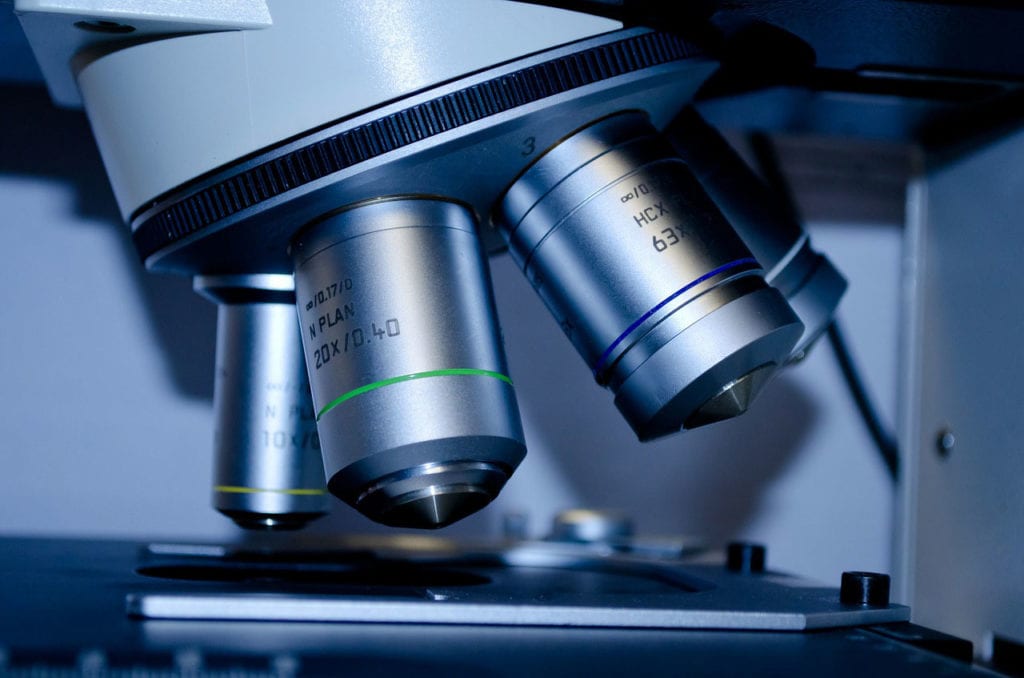Tay-Sachs disease and Sandhoff disease (also known as GM2 Gangliosidosis), and GM1 Gangliosidosis are neurodegenerative conditions. They are a result of a defective enzyme. This enzyme causes toxic gangliosides to accumulate within the central nervous system resulting in cognitive impairment and paralysis. These conditions are fatal and most patients only live to be between 2 and 4 years of age. Unfortunately, there are currently no treatments for any of these diseases.
However, there is good news. Since these conditions are the result of an impaired enzyme, and we know exactly which enzyme causes each disease, they have the potential to be treated with gene therapy. Of course, our understanding of how to deliver these genes effectively has increased astronomically in recent years, greatly increasing our hope of success for treating conditions like these.
And there’s more good news.
Axovant Sciences has recently announced that they have received an exclusive worldwide license for the development of two different gene therapy programs for these conditions. This license was given by researchers studying the conditions at the University of Massachusetts (UMass) Medical School and their new collaboration could accelerate the initiation of clinical trials.
The Therapies
The University’s two programs are called AXO-AAV-GM2 and AXO-AAV-GM1.
AXO-AAV-GM2
AXO-AAV-GM2 works to deliver a functional copy of the malfunctioning gene to the central nervous system. It delivers the HEXA gene and the HEXB gene using two AAVrh8 vectors to restore proper Hex A enzyme activity. The first patient has already received a dose of the therapy and initial data should be here in the first quarter of 2019. Also next year, enrollment will begin for a multi-subject clinical trial.
AXO-AAV-GM1
AXO-AAV-GM1 uses an AAV9 vector to intravenously deliver a functional copy of the GLB1 gene to the central nervous system. This vector is able to cross the blood-brain barrier and may even be able to treat peripheral manifestations of the condition. The first GM1 gangliosidosis patient will be treated with this therapy within the first 6 months of 2019 at the National Institutes of Health (NIH). Data from this program is expected in the second half of 2019 and patients will enroll throughout the year.
For both AXO-AAV-GM2 and AXO-AAV-GM1, animal studies have shown a reduction in the accumulation of gangliosides and increases in enzyme activity. Through these treatments, prolonged survival was achieved.
The Power of Collaboration
These studies, like many, have only been possible due to collaboration between researchers. Both of these programs were created by researchers at the UMass Medical School. However, their partnership with Axovant Sciences has made the progression of clinical trials for these therapies a reality. Additionally, the National Institute of Health is an integral piece of this collaborative project.
Of course, these partners have also been inspired by the patient communities affected by these conditions and the chief executive officer of Axovant, Pavan Cheruvu, has stated they are sure to have frequent communication with the Cure Tay-Sachs Foundation and the National Tay-Sachs & Allied Diseases Association. Sweet Iris, an organization advocating for GM1 Gangliosidosis, also funded hundreds of thousands of dollars towards IV AAV9 GM1 gene therapy.
Ultimately, these collaborations mean hope for these communities, as these new therapies could potentially be life-altering for patients and their families.
You can read more about these new potential therapies and this new collaboration here.







